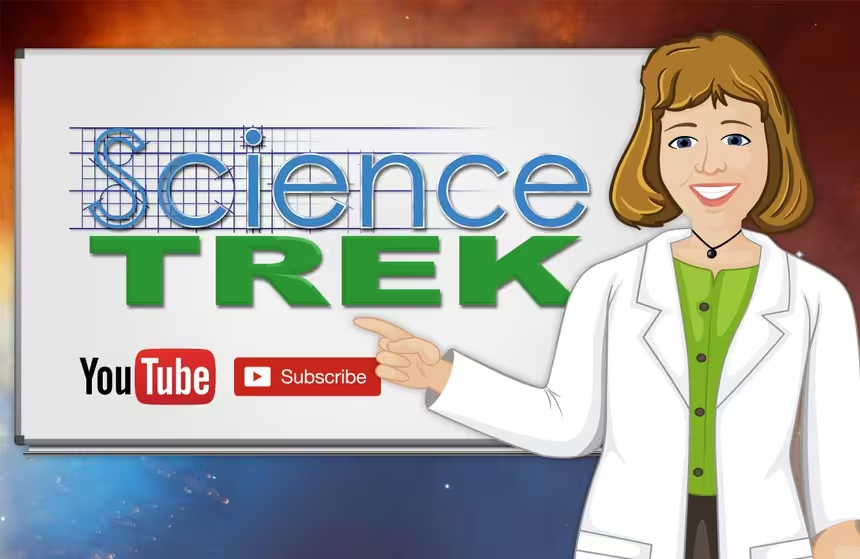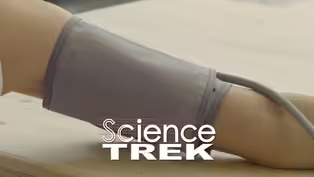
Blood: 60,000 Miles
Clip: Special | 1m 4sVideo has Closed Captions
Where does blood travel in the body?
Your blood does a lot of traveling. Your body has thousands of miles of arteries, veins and capillaries.
Problems playing video? | Closed Captioning Feedback
Problems playing video? | Closed Captioning Feedback
Science Trek is a local public television program presented by IdahoPTV
Major Funding by the Laura Moore Cunningham Foundation and the Idaho National Laboratory. Additional Funding by the Friends of Idaho Public Television and the Corporation for Public Broadcasting.

Blood: 60,000 Miles
Clip: Special | 1m 4sVideo has Closed Captions
Your blood does a lot of traveling. Your body has thousands of miles of arteries, veins and capillaries.
Problems playing video? | Closed Captioning Feedback
How to Watch Science Trek
Science Trek is available to stream on pbs.org and the free PBS App, available on iPhone, Apple TV, Android TV, Android smartphones, Amazon Fire TV, Amazon Fire Tablet, Roku, Samsung Smart TV, and Vizio.

Science Trek
Science Trek is a place where parents, kids, and educators can watch short, educational videos on a variety of science topics. Every Monday Science Trek releases a new video that introduces children to math, science, technology, engineering, and math (STEM) career potentials in a fun, informative way.(Science Trek Music) Blood travels around your body using arteries and veins called blood vessels.
A blood vessel has three layers.
The inner layer is smooth so blood can flow more easily.
The middle layer is mostly muscle, and most blood vessels have a tough outer layer to provide structure.
When thinking about blood vessels, imagine a tree.
A tree has a trunk, limbs, and branches, each getting smaller.
Blood vessels are like that too.
There are three basic types of blood vessels: arteries, veins and capillaries.
Arteries start out about as wide as your thumb.
They branch into smaller arterioles.
These are about as thick as dental floss.
Arterioles branch into capillaries.
Capillaries are the only blood vessel with just one thin layer.
Their walls have to be so thin that gases like oxygen can pass through to body tissue.
Capillaries then take in waste products like carbon dioxide and attach to very thin venules and then to bigger veins.
Veins are closer to the skin's surface, which is why you can see them in your hands.
For more information about blood, check out the Science Trek website.
You'll find it at sciencetrek.org
Video has Closed Captions
Clip: Special | 1m 4s | What is a healthy blood pressure? (1m 4s)
Providing Support for PBS.org
Learn Moreabout PBS online sponsorship
- Science and Nature

Explore scientific discoveries on television's most acclaimed science documentary series.

- Science and Nature

Capturing the splendor of the natural world, from the African plains to the Antarctic ice.












Support for PBS provided by:
Science Trek is a local public television program presented by IdahoPTV
Major Funding by the Laura Moore Cunningham Foundation and the Idaho National Laboratory. Additional Funding by the Friends of Idaho Public Television and the Corporation for Public Broadcasting.
